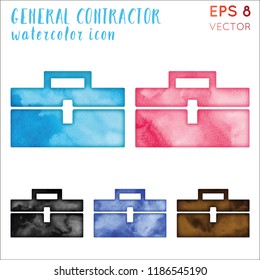Seasonal Factors To Consider For Industrial Outside Paint: What You Required To Know
Seasonal Factors To Consider For Industrial Outside Paint: What You Required To Know
Blog Article
Web Content Writer-Leach Rodriquez
When you're planning an industrial external paint task, seasonal variables can make or break your results. You'll wish to take into consideration just how temperature and humidity impact paint application and drying out times. Picking the ideal period can guarantee your paint sticks correctly and lasts longer. Yet which seasons are genuinely the very best for this type of work? Let's explore the crucial elements that can impact your job's success.
The Influence of Temperature Level on Paint Application
When you're preparing an industrial external painting job, the temperature level can significantly affect how well the paint adheres and dries out.
Ideally, you wish to repaint when temperatures vary in between 50 ° F and 85 ° F. If it's also cold, the paint might not heal effectively, leading to concerns like peeling off or fracturing.
On the flip side, if it's also warm, the paint can dry as well rapidly, protecting against correct attachment and leading to an uneven coating.
You should also think about the time of day; early morning or late afternoon offers cooler temperatures, which can be more favorable.
Always check the manufacturer's recommendations for the particular paint you're using, as they frequently give support on the optimal temperature level range for optimal outcomes.
Moisture and Its Result on Drying Times
Temperature level isn't the only environmental factor that influences your industrial outside paint project; humidity plays a significant role as well. High moisture degrees can decrease drying out times drastically, impacting the total quality of your paint task.
When the air is saturated with wetness, the paint takes longer to treat, which can bring about problems like bad bond and a higher danger of mildew development. If you're repainting on a specifically damp day, be gotten ready for extended wait times between coats.
It's essential to keep an eye on regional weather conditions and plan accordingly. Ideally, official site for moisture degrees between 40% and 70% for optimum drying.
Keeping these consider mind ensures your task stays on track and supplies a long-term finish.
Best Seasons for Commercial Exterior Paint Projects
What's the most effective season for your industrial exterior painting tasks?
Springtime and very early autumn are normally your best choices. During these periods, temperatures are light, and moisture levels are typically lower, developing suitable problems for paint application and drying out.
Avoid https://rylanzjsbk.idblogmaker.com/33467720/setting-the-phase-for-a-successful-paint-job-starts-with-one-critical-facet-that-is-typically-neglected-and-it-can-make-all-the-difference-in-the-world , which can create paint to completely dry also swiftly, causing poor adhesion and coating. Likewise, winter's cool temperature levels can hinder appropriate drying and healing, running the risk of the longevity of your paint work.
Aim for days with temperature levels in between 50 ° F and 85 ° F for optimal outcomes. Keep in mind to inspect the neighborhood weather report for rainfall, as wet problems can destroy your project.
Planning around these aspects guarantees your paint project runs smoothly and lasts much longer.
Final thought
In conclusion, planning your industrial outside paint tasks around seasonal considerations can make a substantial difference in the outcome. By scheduling job throughout the excellent temperature levels and humidity levels, you'll make sure far better adhesion and drying out times. Remember to keep an eye on local weather prediction and pick the correct time of year-- spring and very early autumn are your best options. Taking these steps will certainly aid you attain a sturdy and professional surface that lasts.
